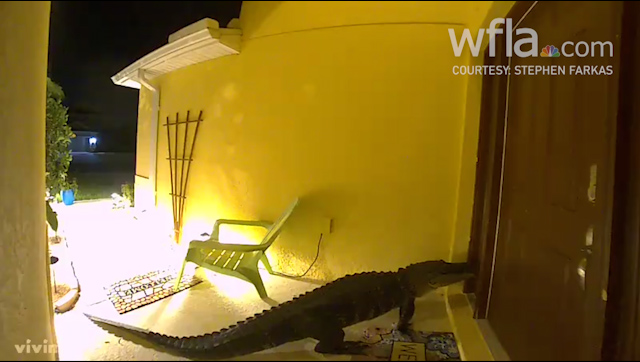TAMPA, Fla. (WFLA) – Ken McGuire’s Road Rant is common, not just in his North Port neighborhood, but across the country.
Ken says:
I purchased a home last month in North Port. I did not notice the amount of traffic that comes down my residential street when looking at the home. According to my neighbors, this is an issue that started last year when Google maps started to direct traffic down our street to avoid a four-way intersection. The traffic is horrible! I have been nearly hit twice while walking my dogs. I contacted the City of North Port and the public works supervisor told me there is nothing he can do. Myself and my neighbors are at wits end dealing with speeding traffic and people throwing trash on our lawns. I really hope you can help us out, all we are looking for is either a speed bump or a sign that states no through traffic.
Ken McGuire
According to Jane Macfarlane, director of the Smart Cities Research Center at the University of California Berkley’s Institute of Transportation Studies California, traffic apps are typically optimized to keep an individual driver’s travel time as short as possible. They don’t care whether residential streets can absorb the traffic or whether motorists who show up in unexpected places may compromise safety.
The complex algorithms the apps use don’t account for the peculiarities of a given neighborhood or characteristics of the path they choose, including high-pedestrian areas, school zones or small residential streets.
Macfarlane told me there’s not much that local jurisdictions can do about those algorithms – at least not right now. She says the first step is to convince app makers that, if they share information with one another and with city governments, the rerouting algorithms could consider a far bigger picture. That would include information from the physical infrastructure, such as the timing schedule for traffic lights and meters and vehicle counts from static sensors, including cameras and inductive loops. This data sharing would make their apps better while simultaneously giving city traffic planners a helping hand.
For now, she encourages neighbors to work together to make the issue more visible to local governments.
That worked in Leonia, New Jersey. The town closed many of its streets to through traffic during commute hours, levying heavy fines for nonresident drivers. Residents display neighborhood access tags.
Regarding Ken’s complaint, the City of North Port told me it did survey the roads around his home, but cannot implement the measures he’d suggested, including limiting through traffic or installing speed humps. That’s because Ken lives on a public road. However, the city says it is willing to consider other options.
To read Jane Macfarlane’s article on the trouble with traffic apps, as well as the work being done at the Smart Cities Research Center, visit this link.
Send Meredyth your Road Rants at mcensullo@wfla.com.
LATEST ROAD RANTS:
- Road Rants: No right on red on Henderson Blvd
- Road Rants: Traffic app shortcuts causing trouble in North Port neighborhood
- Road Rants: Timeline and details of SR-52 widening in Pasco County
- Road Rants Update: Safety upgrades planned for Linebaugh Avenue
- Road Rants Update: FDOT to add signage at major intersection in Town ‘n’ Country

